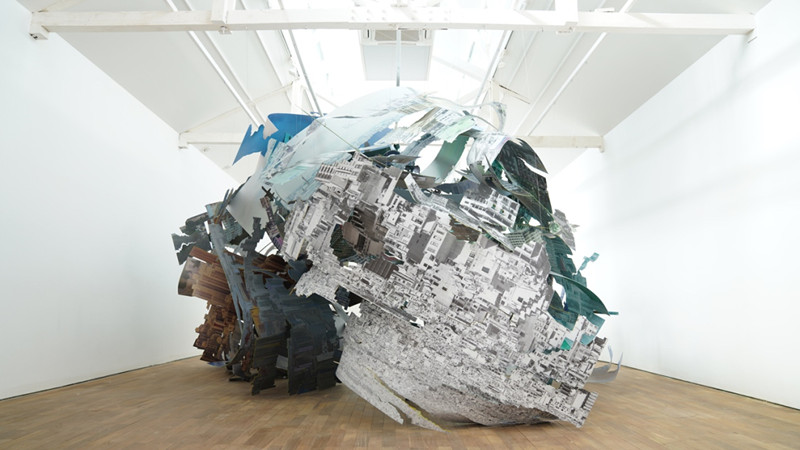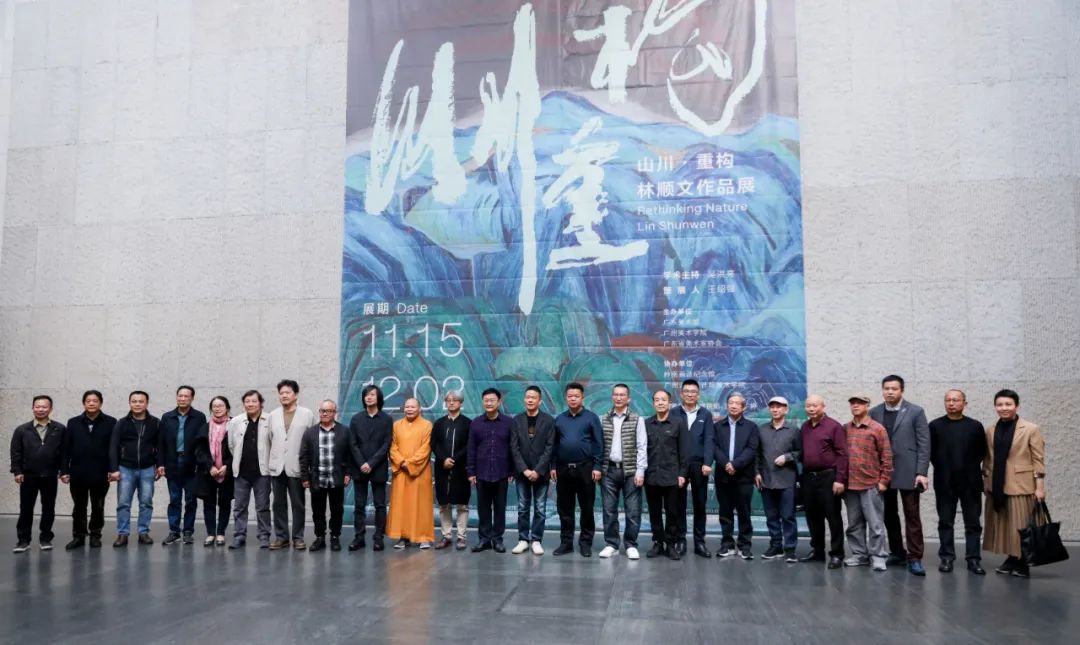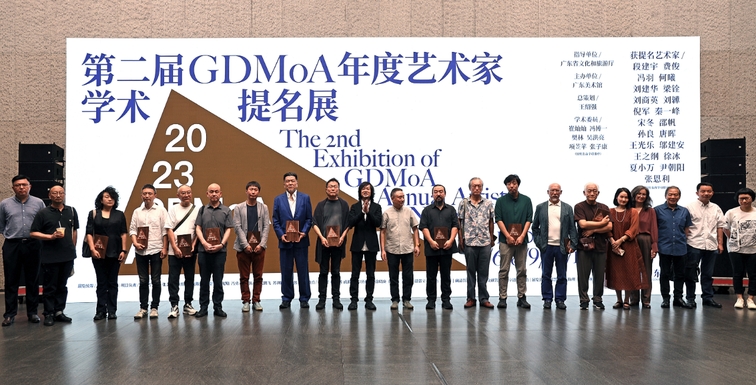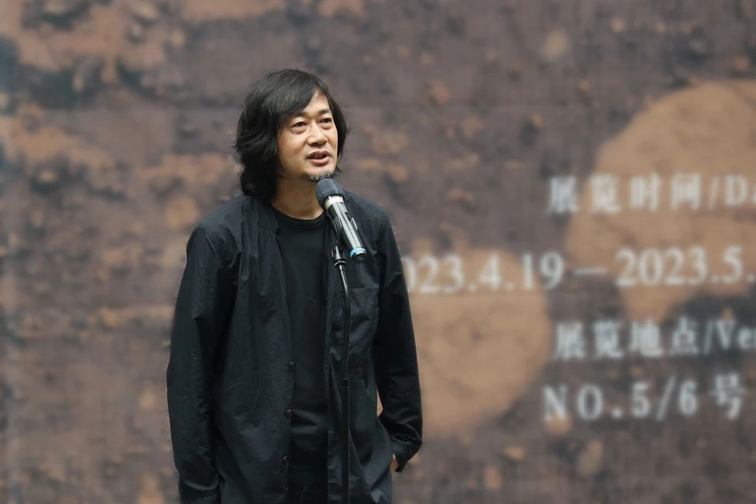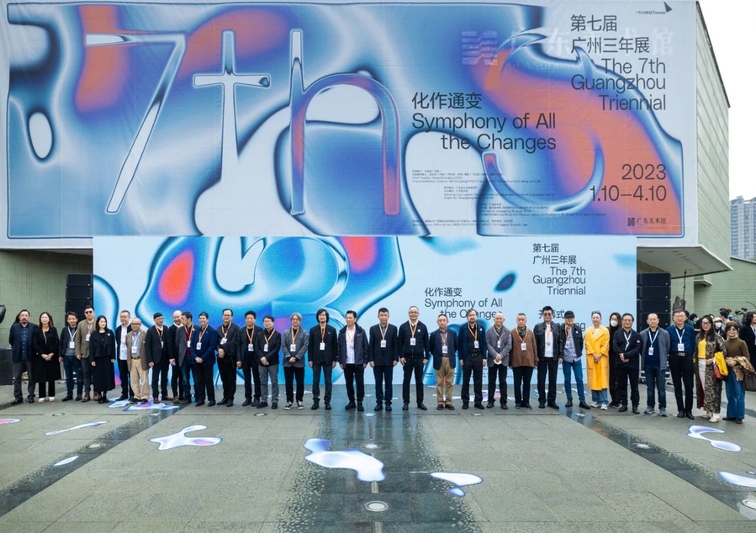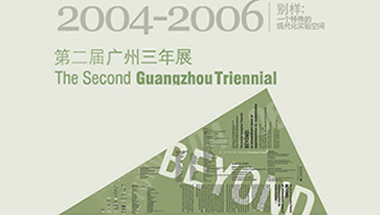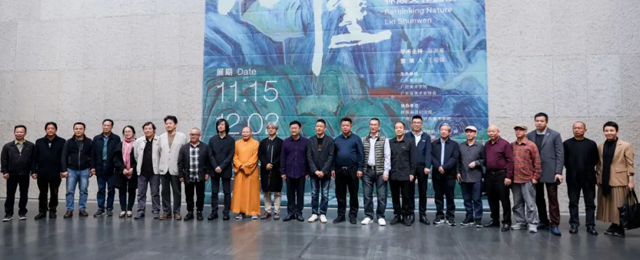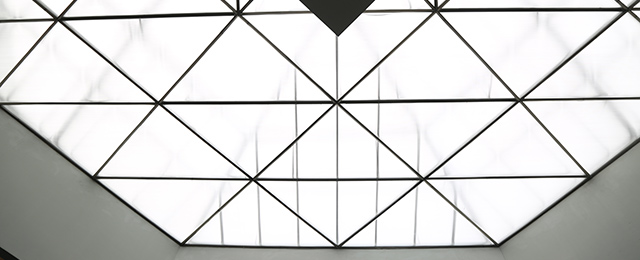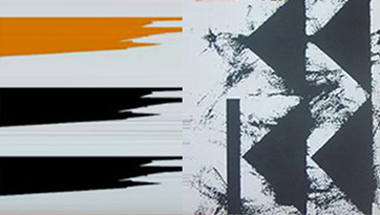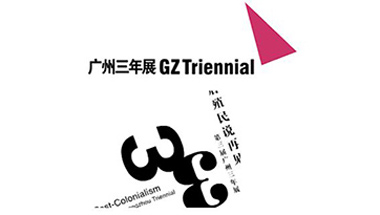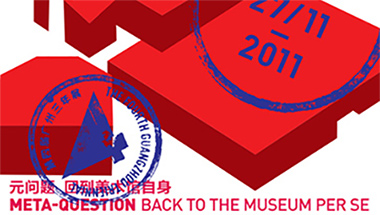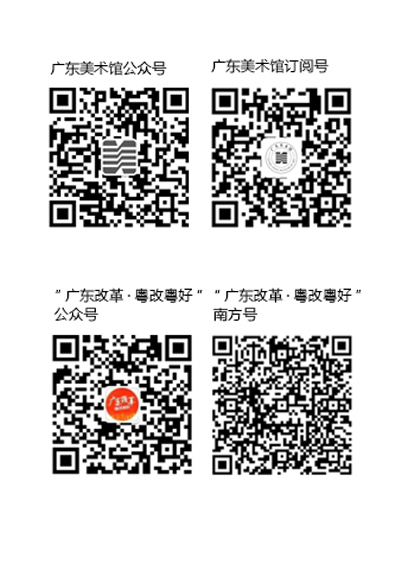保罗•罗维西——传载美与光明的摄影家
录入时间: 2007-06-07
从那惊人的精神感性,你一眼就能分辨出保罗•罗维西(Paolo Roversi)的照片。这些照片能够唤起你对文艺复兴时期的圣母像和罗维西童年时代的意大利天主教堂肖像画的回忆。对罗维西来说,“每张照片都是一场邂逅,一次内心的相互忏悔”。他以自己的语言敏锐捕捉每一个瞬间,“拍摄对象在摄相机前发现自我、完全与外部世界相隔绝、沉溺于她的孤独和从北边窗户流进工作室的美丽光线时那一刻的表情”深深触动了罗维西的艺术神经,他照片中返璞归真印记的溯源也由此展开。保罗•罗维西的作品中透发出一种明快的幽默感而不显浮华,正是这种极富感染力的坦率,使他为倡导领悟非凡的马爹利所推崇,从而成为 2007年度的“马爹利非凡艺术人物”。
如今,罗维西以顶级时装和广告摄影师的身份蜚声国际,曾创作出大量在业内最引人瞩目的肖像作品,但他一开始从事的并不是时尚业。在20世纪60年代中期,十几岁的罗维西在西班牙度假时燃起了对摄影最初的兴趣。回到拉文纳(Ravenna)的家中,这个有抱负的年轻摄影师与另一位热心的业余爱好者--当地的邮递员建立了友谊,并一同在附近一个地窖里建起了暗室。后来,为了贴补他为美联社架线而领到的微薄收入,罗维西开设了一间很小的肖像工作室,为拉文纳市民和他们的家庭照相。正像所有日后名声显赫的人物一样,罗维西对于自身发展领域的摸索一刻不曾停息。在经过一段失败的电影剧照摄影尝试之后,他担任的第一份工作是美联社的一名摄影记者,体育新闻肖像照是他早年活跃的领域。在1972年与ELLE杂志著名的艺术总监彼得·纳普(Peter Knapp)的不期而遇之后,罗维西开始书写他在时尚界的辉煌,他解释道:“通过时尚摄影,你可以创作图像,按你的想法塑造图像。而新闻报道则无法达到。”从那以后他一直呆在巴黎,拍摄主题转向时尚摄影中。
在担任劳伦斯·萨克曼(Lawrence Sachmann)助理的一年之后,罗维西开始独立发展,为《ELLE》 和《Depeche Mode》杂志工作,后来《Marie Claire》出版了他的首册主流时装故事。他的知名度进一步的提升是在1980年,那一年他参与了克里斯汀·迪奥(Christian Dior)化妆品广告宣传活动。如果说时尚业在20世纪80年代对目录的关注使像罗维西这样的摄影师可以不受大多数杂志艺术部的限制命令的约束而工作,那么它还帮助建立了时尚摄影并让更多的人们意识到摄影是一种合法的艺术形式。此后罗维西在被他称为“梦想之幕”的工作室中创造出了源源不断的感动世人的非凡作品。
如今,罗维西在旅行的时候,还本能地拍摄一些户外场景,但他尽量避免不停地带着相机到处走:“和一些摄影师不同,
我不害怕错过拍摄一张照片。我不喜欢把我的一生都花在看镜头上,我喜欢用我的眼睛去看,所以我每天只带我的相机出去几个小时。”
罗维西与他的拍摄对象交流的相互性,使他的作品不至于变成一种掠夺性的侵入,因为这对这位性格和蔼可亲的绅士来说是无法容忍的。在光鲜的时尚业内罗维西以他的敏感和纯真捕捉下人性中纯洁动人的美丽,正如经常和罗维西一起工作的创意总监Ronnie
Cooke曾经说过的:“保罗在创造美与光明”。
Paolo Roversi--A Photographer Conveying Beauty and
Radiance
One can discern the photographs of Paolo Roversi at a glance for their stunning spiritual sensibility. These photographs recall renaissance era portraits of the Virgin Mary and Roversi’s childhood memories of Italian Catholic churches. For Roversi, “Every photograph is a reencounter, a feeling of mutual confession.” He uses his own language to acutely capture every moment, “Each person sitting before the camera discovers the ego, becomes completely disconnected with the outside world, indulges in her loneliness and in the expression caught just in the moment when the light crawls in through the north window of the studio,” touching deeply on the pulse of his artistic nerve. His photographs recover the simple remnants that link to the source and then they evolve from there. Paolo Roversi works reveal a vivid sense of humor and are not executed overtly with vanity, it is precisely this kind of infectious candor that earned him the attention and the title of “Martell Artist of the Year 2007.”
Lately, Roversi has become internationally famous for his top-level fashion and advertisement photography. He has also previously produced a great number of portraits that attracted the gaze of everyone in the business, but the way that he conducts business makes him seem not at all seem a part of the fashion industry. During the 1960s while the teenage Roversi was vacationing in Spain his interest in photography was sparked, when he returned to his home in Ravenna, this aspiring photographer along with another photographer hobbyist --the local special delivery messenger boy--built a darkroom in a nearby cellar. Later on, in order to augment the meager income he garnered from the associated press, he started his own small portrait studio and began to photograph the families of Ravenna. Like all of eventual names of distinction, Roversi ceaselessly developed and explored his skills. After a failed attempt at cinematography, he took his first job as a photojournalist for the associated press; athletic portrait photography was a field that he pioneered early on. Only in 1972, after a chance meeting with the art director of ELLE magazine, Peter Knapp, did Roversi begin to bring his brilliance in the world of fashion, he explains: “through photography you can create images, according to your ideas you create an image. This is something that news photography can never achieve.” From that time onward he remained in Paris, turning his focus to fashion magazines.
After working as the assistant of Lawrence Sachmann for one year, Roversi began his personal development with magazines like “ELLE” and “Depeche Mode,” later, “Marie Claire” published his first mainstream fashion story. His fame took a leap in 1980, where in that year he was a part of Christian Dior’s makeup advertising campaign. If we say that the fashion industry in the 1980s caused photographers like Roversi to turn down jobs and limit the amount of work that photographers would accept, at the same time the industry also helped establish high quality fashion photography and made more people aware that photography was a legitimate form of art. Hereafter, Roversi created endless streams of exceptional works in the “stage of his dreams.”
Recently, amidst Roversi’s travels, he instinctively photographs outdoor scenery, but he tries not to carry his camera with him everywhere that he goes: “I’m a little different from most photographers, I’m not afraid to miss shot. I don’t want to live my whole life behind a lens, I like to use my eyes to see, so every day I only take my camera out a few hours a day.” The interactivity between Paolo and his subjects gives his works the feeling that there are no stolen fragments or no invasive lenses--that would be impossible with his gentlemanly, friendly personality. In the vibrant fashion industry Roveri’s sensitivity and purity seizes the humanity and the beauty in all people, just like Paolo’s co-worker, creative director Ronnie Cooke once said: “Paolo is creating beauty and radiance.”
开放时间:每周二至周日9:00-17:00(逢周一闭馆)
每日16:30停止入场
地址:广东省广州市越秀区二沙岛烟雨路38号
咨询电话:020-87351468
预约观展:
-
广州影像三年展2025即将启幕,本次展览以“感知生态学”为主题,探索数字时代...

